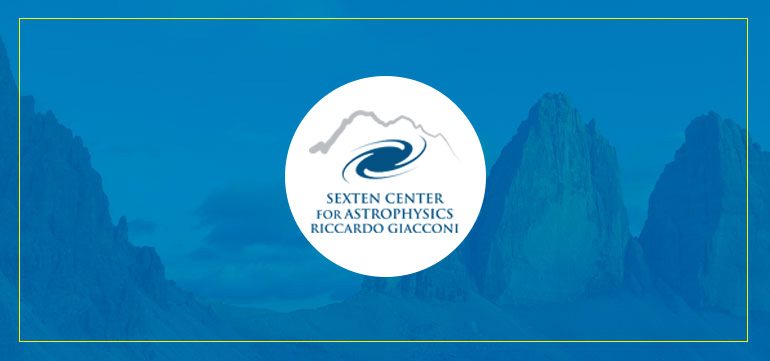
Mass assembly from clouds to clusters
LOCATION: Sport & Kurhotel at Bad Moos - Via Val Fiscalina 27, 39030, Sexten
DETAILS
Science background
The process by which stars within clusters assemble their mass is incredibly important but currently not very well understood. While recent surveys of the Galactic Plane have identified a large number of dense, massive clouds where the next generation of cluster formation will likely occur, progress in understanding the process by which clusters form has been limited primarily due to the lack of angular resolution and sensitivity of the observations.
Only with observations of the natal gas and dust in a cluster-forming clump well before the onset of star formation can we begin to understand the process by which the material is transferred from the large reservoir within a cloud onto protostellar cores and ultimately the stars. Fortunately, by combining the revolutionary capabilities of ALMA with new and existing facilities such as Mopra, LMT, GBT, CARMA, SMA, PdBI and the JVLA, we can obtain the necessary observations, allowing us to observe the small-scale processes and, for the first time, test cluster formation scenarios. To achieve and make progress we need to bring together theorists and observers to coordinate our efforts to achieve our common goals.
Program outline
This will be a small workshop (~40 people) on the topic of Galactic cluster formation. This meeting is timely: results already coming from ALMA and those expected in the next 12 months are revolutionizing the field of Galactic cluster formation. We are poised to make significant progress in this field in the next decade. As such, one of the key outcomes of this meeting is to identify the most important science questions related to cluster formation that both theory and observations can answer. To help achieve this goal, we will dedicate at least one day to a discussion of analysis tools that can turn the simulations into observable quantities that we can directly compare to data.
Each day, we expect to have a small number of contributed talks, a keynote presentation, and 1 to 2 hours of group discussion led by an expert panel. Extended lunch and coffee breaks will be included in the program to help foster discussion and collaboration amongst the participants.
Key topics
1. Observations of the large scale mass assembly: formation and early evolution of protocluster clouds (Cara Battersby)
2. Observations of the small scale mass assembly: infall, outflow, and feedback (Pamela Klaassen)
3. Current theory and simulations of cluster formation (Jim Dale)
4a. Techniques and tools for directly comparing simulations with observations (Erik Rosolowsky and Simon Glover)
4b. ALMA for theorists (Crystal Brogan)
5. Focusing and coordinating our efforts: identifying the big questions (SOC/panel members in collaboration and discussion with participants)
RELATED FILES
No files available yet.
FEE
To be defined
WORKSHOP CODE FOR PAYMENT
ORGANIZERS
Organizing committee Dr. Jill Rathborne Dr. Diederik Kruijssen Dr. Rob Gutermuth Prof. Gary Fuller
Confirmed speakers and panel members:
